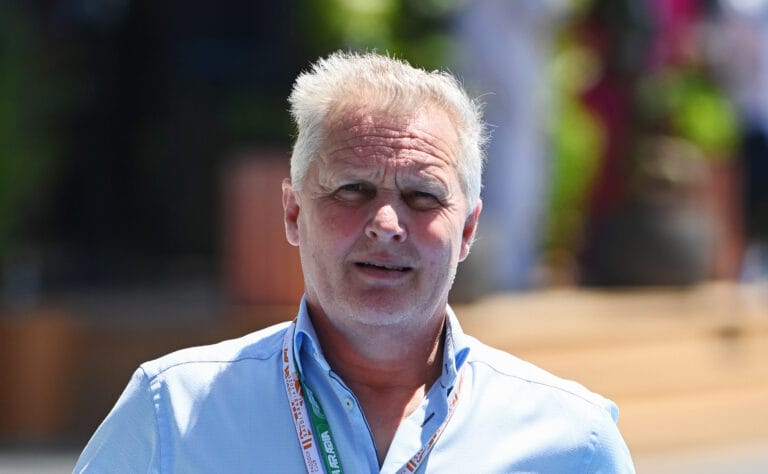Formula 1 has gone nine races without a safety car. The last time such a long wait for the Mercedes vehicle was experienced was between the Hungarian GP in 2003 and the Spanish GP in 2004. Bernd Mayländer, who has been behind the wheel of the safety car for twenty-five seasons, must be relieved – for him, a successful weekend is one where he can stay in the pit lane.
Back in 2000, a then 28-year-old Bernd Mayländer was given the opportunity to drive the safety car for the first time. At that time, he was still active in the DTM, but now, twenty-five years later, he is fully focused on his role in Formula 1. “I never expected to be here after twenty-five years, but that just means you enjoy what you do,” he shares in a press release from Mercedes. “It started with sixteen races per season, but now that there are twenty-four, it’s absolutely my main job.”
The recent lack of safety cars is not a problem for Bernd Mayländer. He knows that a race is truly successful when he doesn’t have to do anything. “The ideal scenario is that I drive a few laps, keep everything in good order, and pass the right information to the race management and the marshals,” he explains. “But the best races are when I don’t have to intervene, because that means nothing dangerous has happened on the track.”
Evolution of Technology
Over the past twenty-five years, not only has the number of races changed, but the role of the safety car driver has also evolved significantly. “The goal has remained the same, but beyond that, so much has changed,” says Bernd Mayländer. “We now have so much more information at our disposal – in 2000, we had one radio and a handheld radio as a backup. Now, there are many more communication systems. In addition, we now also have the virtual safety car, so we need to hit the track less often.”
Memorable Moments
Does Bernd Mayländer have any favorite memories from the past twenty-five years? “I will never forget Fuji 2007 and Montreal 2011,” he concludes. It’s easy to understand why. In Japan, the German led the first nineteen laps of the race, only to have to return to the track for another six laps later. Four years later, in Canada, he was deployed no less than six times and led twenty-nine of the seventy laps.
Current Developments
Now available in stores and for digital order (with free delivery in the Netherlands!): the latest edition of FORMULE 1 Magazine!









